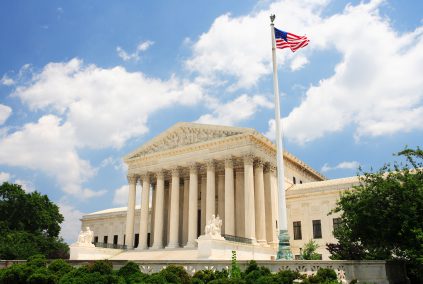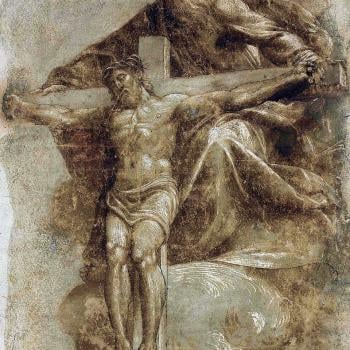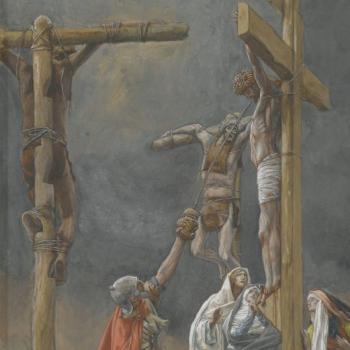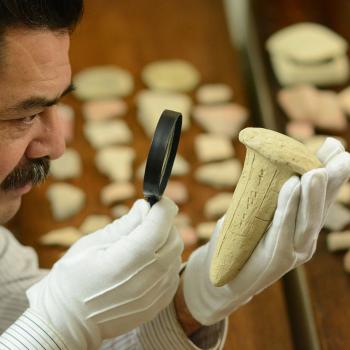 Much has been made this week of the Supreme Court’s decision that the Indian Child Welfare Act did not apply in the case of Baby Veronica. South Carolina later reversed its earlier decision and returned Veronica to her adopted parents, removing her from her birth father. The Supreme Court’s decision is a cause of concern for many in Native communities, not simply Veronica’s Cherokee birth family, in terms of what it may signify for the Indian Child Welfare Act (ICWA).
Much has been made this week of the Supreme Court’s decision that the Indian Child Welfare Act did not apply in the case of Baby Veronica. South Carolina later reversed its earlier decision and returned Veronica to her adopted parents, removing her from her birth father. The Supreme Court’s decision is a cause of concern for many in Native communities, not simply Veronica’s Cherokee birth family, in terms of what it may signify for the Indian Child Welfare Act (ICWA).
What is the Indian Child Welfare Act? North American Institute for Indigenous Studies (NAIITS) scholar Andrea Smith explains, “This act was passed in 1978 which allows a tribe to intervene if a tribal member is going to be adopted outside the tribe. This doesn’t mean the child can’t be adopted out, because the tribe might approve that, but it does allow the tribe the right to intervene.”
So, what is the concern? While the Supreme Court did not overturn ICWA, ICWA and Indian Tribes lost a major battle in “the court of public opinion,” claims Jacqueline Keeler. Keeler adds that Indian people should take this matter very seriously.
One of the chief issues that Native peoples have to contend with today, as always, is the belief in many circles that they are savages who will destroy their children’s lives. The prescribed solution historically was forced removal and enculturation in Western “Christian” values. Smith argues:
Prior to ICWA, the US had a long history through the boarding school system of forcibly removing children from their homes, sending them to boarding schools at the age of 5, returning them when they were 18 and forcing them to be Christian and give up their traditional ways. The point of this policy was to ‘Save the man by killing the Indian.’ There was massive sexual and physical abuse as well as starvation and neglect. This is where socially dysfunctional behavior really began in Native communities. During the summers, rather than be returned home to their families, Native children were leased to white families essentially as slave labor.
While many Americans will no doubt argue that Smith’s claim involving the boarding school system and western Christianity is a sweeping generalization, the irony is that many people, including Christians, have viewed Native communities across the land in starkly negative, generalized terms for centuries. What about now? Keeler points out that in the case of Baby Veronica, the birth father’s family does not appear to have any of the problems that the broader public associates with Native peoples. She wonders why the case involving Baby Veronica was chosen as the focus of the challenge to ICWA and the sovereignty of tribes. Keeler says that “it begs the question, are all American Indian families being painted with the same brush?”
The battle for the future of Native communities must be fought in the court of public opinion as well as in the court of law. Given the involvement of Christian groups, including Evangelicals, over the centuries in supposedly saving the man by killing the Indian, we need to introduce these groups to truly indigenous Christian organizations that will provide another perspective. Smith believes that the way forward is to bring together Evangelical organizations that have little exposure to Native American populations with Native American Evangelical organizations. In a Huffington Post piece, Smith is quoted as saying,
Probably the best way to develop alliances would be to mirror the organizing that Latino evangelicals did with Christian right groups around immigration reform. They just began with partnering with white evangelical churches to expose them to what immigrant families were going through and were gradually able to get most Christian right groups to reverse their positions.
If Evangelicalism at large is really concerned for seeing Native communities respond to the good news of Jesus Christ in a soul and life-transforming way, we need to be transformed as a movement. The best way we can do that is by being shaped by Jesus in relationships with fellow Evangelicals who are indigenous witnesses to the biblical Jesus rather than captives of the American western dream of manifest destiny. The more we know these indigenous Christians in particular the more we may come to know Jesus and also Native communities in particular ways. Otherwise, why should Native peoples not use a broad brush stroke and argue that Christianity is anti-Native and Jesus is the white man’s God? We must change public opinion in Native circles so that Vine Deloria, Jr.’s claim is no longer true for Native peoples at large: “Where the cross goes, there is never life more abundantly—only death, destruction, and ultimately betrayal” (Vine Deloria, Jr., God Is Red: A Native View of Religion {Golden, CO: Fulcrum Publishing, 1994}, p. 261).
This piece is cross-posted at The Institute for the Theology of Culture: New Wine, New Wineskins and at The Christian Post.













